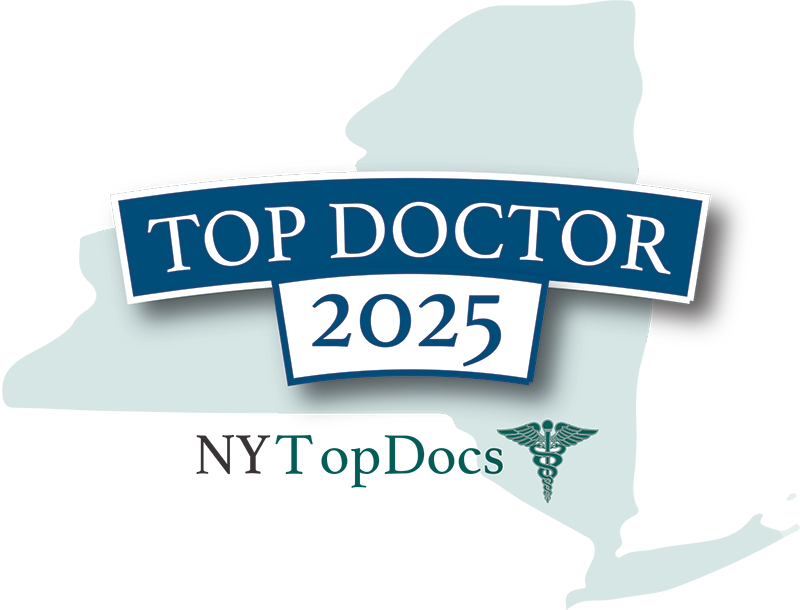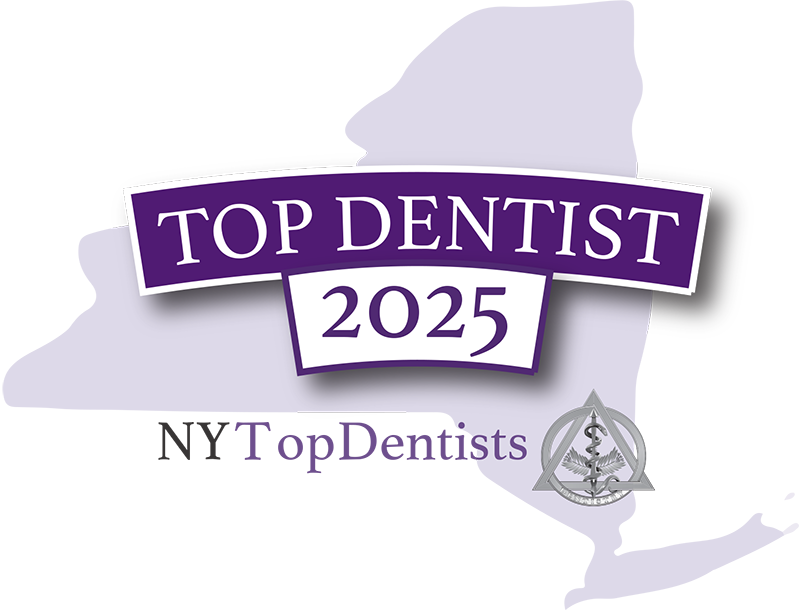Joaquin Phoenix, Denver Bronco’s Peyton Manning, Tom Brokaw, King Tutankhamen (also known as “King Tut”), and notorious gunfighter and dentist, Doc Holiday, all share something in common. All of these public figures were born with a cleft lip. By an article on www.ranker.com, a cleft lip is a deformity caused by abnormal development while a fetus is still in the womb. An individual with a cleft lip has a gap that interrupts the normal structure of a lip. A cleft lip is often accompanied by a cleft palate, a gap that connects the mouth directly to the nasal cavity. July is National Cleft & Craniofacial Awareness & Prevention Month. Many advocates and supporters of the awareness use this month to spread knowledge to the masses.
The Centers for Disease Control (CDC) website provides a detailed break-down of the different types of Craniofacial and Cleft defects and some interesting statistics:
“Cleft and Craniofacial defects are conditions that are present at birth that affect the structure and function of a baby’s head and face. Two of the most common craniofacial defects are orofacial clefts, which occur when the lip and mouth do no form properly, and craniosynostosis, which happens when the bones in the baby’s skull fuse too early. Microtia is when the external portion of the ear does not form properly, and anotia occurs when the external portion of the ear is missing. Treatments and services for children with craniofacial defects can vary depending on the severity of the defect; the presence of associated syndromes or other birth defects, or both; as well as the child’s age and other medical or developmental needs. Children with certain craniofacial defects can have a greater risk for physical, learning, developmental, or social challenges, or a mix of these. Craniofacial defects have significant effects on families and the health care system:
- Each year, about 4,400 infants in the United States are born with a cleft lip with or without a cleft palate and about 2,700 infants are born with a cleft palate alone.
- About 4 infants per 10,000 live-births in the metropolitan Atlanta, Georgia, area are born with craniosynostosis.
- Recent studies have found that direct medical and health care use and average costs per child were a lot higher for children with orofacial clefts than for children of the same age without these conditions.”
Cleft lip and palate is known to be very treatable, but the type of treatment can vary among patients due of the type and severity of their cleft deformity. However, making the effort to prevent any possibility of giving birth to a baby with a Cleft Lip / Palate is always the better case. Based on researchers’ findings, some risk factors for craniofacial defects include women who smoke just before and during pregnancy, those who have diabetes, those who have Thyroid Disease and certain medications can be a risk as well.
Children born with any form of clefting are typically monitored by a team of cleft palate/ craniofacial physicians as they grow older. Babies may be operated on as early as three months old so that the cleft lip is closed. Some teams decide to wait on operating on children until their adult teeth grow in, as it can mean multiple surgeries as the child loses teeth and their mouth goes through changes. This could also mean less speech therapy may be necessary for the child in the long run. Each case is different, as a child may go through one surgery and another may have a lifetime of care and multiple surgeries.
AmeriFace, a non-profit organization known as “the cleft/craniofacial advocates”, celebrated 20 years of outreach in 2011. Their website, www.cleftadvocate.org, is a great source for information for volunteers that would like to join in the effort to spread awareness. There are before/after photos of patients who have undergone surgery as well as helpful links to meet other people going through similar journeys with cleft/craniofacial issues. To learn more, please follow the links in the “sources section” below.
Sources:
http://www.cdc.gov/ncbddd/birthdefects/features/craniofacialdefects.html
http://www.ranker.com/list/celebrities-with-cleft-lips/celebrity-lists


